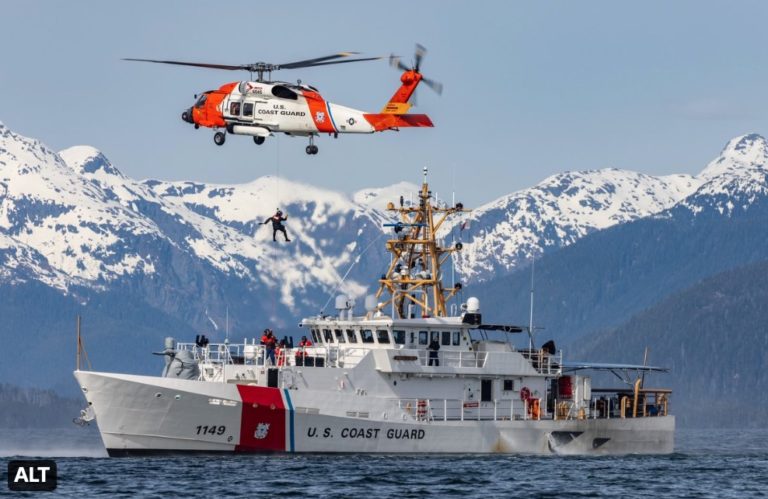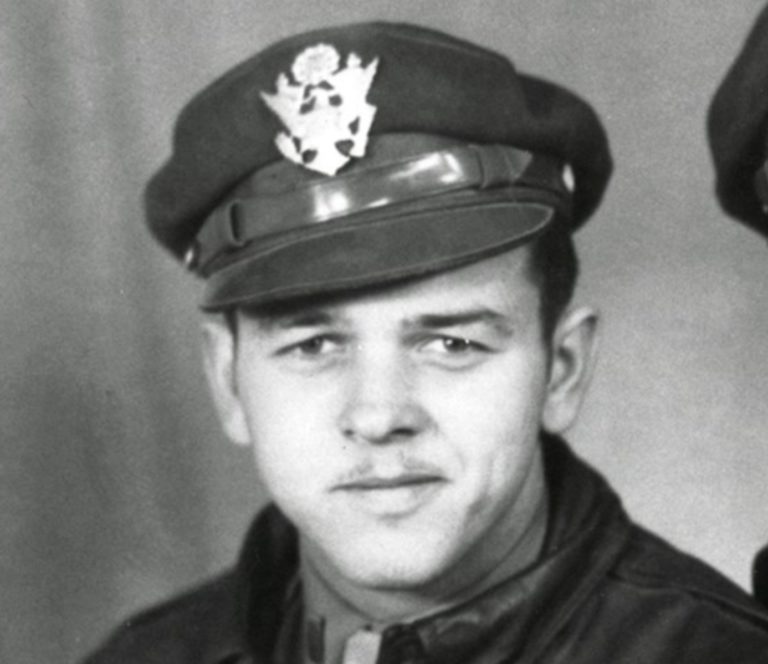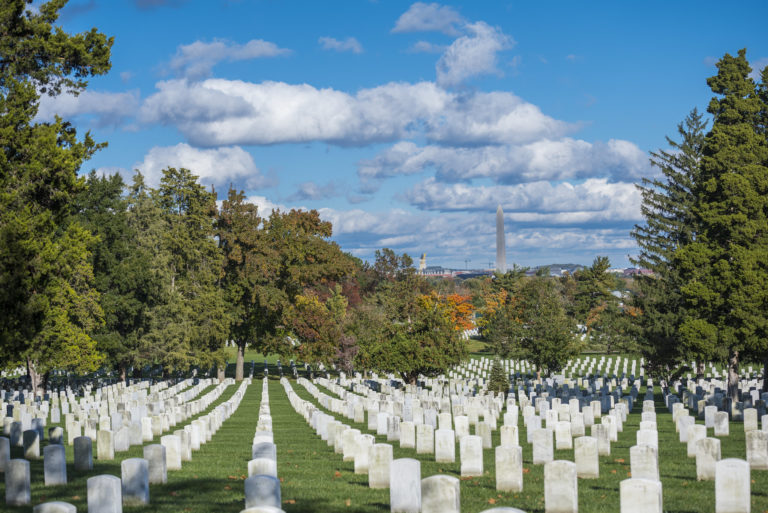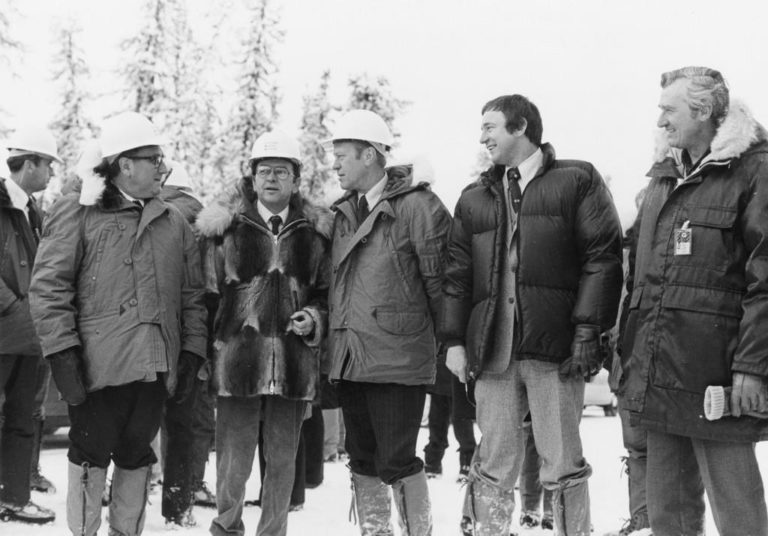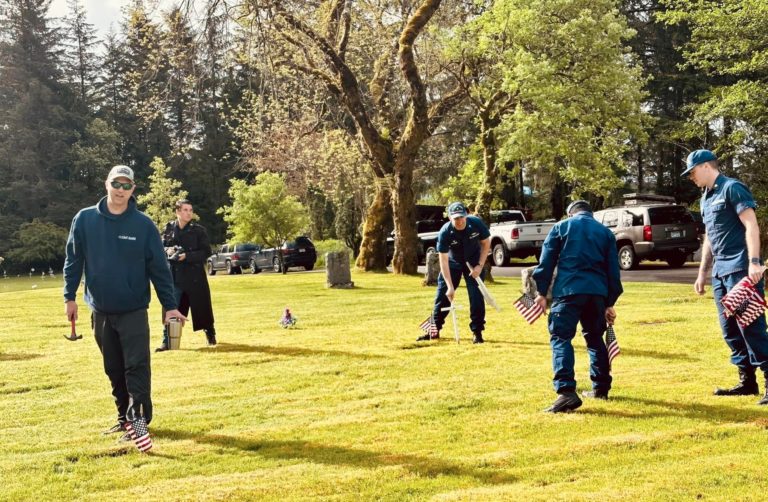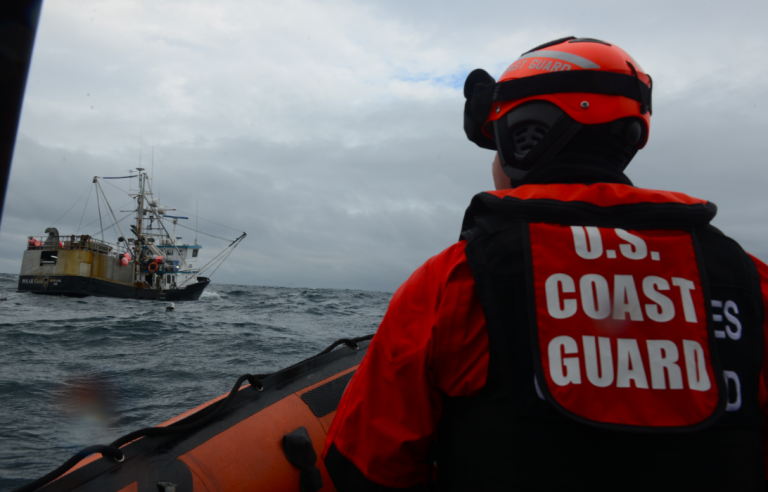Anchorage
9-10:30 am, on the Delaney Park Strip, at 9th Avenue and I Street. Hosted by the Municipality of Anchorage, the event honors those who made the ultimate sacrifice in service to our country
The 11th Airborne Division Band will play patriotic music before and during the one-hour ceremony. Come early (9-9:30 am) to enjoy the music
11:30 am, American Legion Jack Henry Post 1, BBQ lunch catered by Peppercini’s, live music from Nothin’ but Trouble, and a special Memorial Day Ceremony. Local veterans and active-duty military and a guest are invited
Fort Richardson National Cemetery Memorial Day ceremony
Noon, 58-512 Davis Highway on Joint Base Elmendorf-Richardson.
Pre-ceremony music begins at 11:30 am
To reduce wait times at the Visitor Control Center the day of the ceremony, the 673d Security Forces Squadron’s base-access section will have early registration which will allow approved individuals to bypass the center and proceed directly to the Richardson gate for base access. Get more info about access to the base here.
Wasilla-Palmer
10:30 am: Walk From Mat-Su Veterans Wall of Honor to Wasilla Cemetery
11 am: Memorial Service Starts at the Aurora Cemetery
12:30 pm: 11th Airborne Band Performance
1 pm: Wall Celebration, 801 Wasilla-Fishhook Road, Wasilla, organized by VFW Post 9365
2 pm: Celebration BBQ at Susitna VFW
Fairbanks-Interior
9:30 am, continental breakfast, VFW Post 11, 129 1st Avenue, Fairbanks
10:30 am leave Post 11
10:45 am, Veteran’s Memorial Park Services, 700 Cushman St
11:30 am, Clay Street Cemetery services; 770 Clay St
12 pm, Birch Hill Cemetery services; 100 City Lights Blvd
1:30 pm, Northern Lights Cemetery services; 2318 Yankovich Rd
2:30 pm, Golden Heart Park services; 500-516 1st Ave
Following services, North Pole VFW Post 10029 is hosting a remembrance event
5 pm, American Legion Post 30 hosts Memorial Day barbecue, potluck style
Kenai
11 am, Kenai Cemetery, Avenue of Flags
1 pm, Lief Hanson Park, Memorial Day Service
2 pm, Soldotna Cemetery, Memorial Day Service
Following Soldotna Service, at Soldotna Creek Park, Purple Heart and Iron Mike Memorial Laying of Wreaths
Hosted by Kenai American Legion Post 20 and Soldotna VFW Post 10046
Juneau
10 am, Southeast Alaska Tongass Chapter of the Harley Owner’s Group meets at Safeway parking lot for a motorcycle ride to Evergreen Cemetery, rain or shine
11-11:30 am, Evergreen Cemetery, hosted by Veterans of Foreign Wars Post 5559
11 am, Alaskan Memorial Park in the Mendenhall Valley. Speaker: Rear Adm. Nathan Moore, U.S. Coast Guard District 17 commander
11:30 am, at the Southeast Alaska Native Veterans Memorial Park downtown, led by the Southeast Alaska Native Veterans. Food gathering follows at Elizabeth Peratrovich Hall
Ketchikan
9 am, Pancake breakfast at Joseph T. Craig American Legion Post 3, Ragnar Myking VFW Post 4352
11 am, Memorial Day ceremonies, Bayview Cemetery Mausoleum
Presentation of colors and Pledge of Allegiance, U.S. Coast Guard
Invocation: Regan Crowder, JTC Post 3 Chaplain
Welcome: Hunter Davis, Commander, JTC Post 3, Edsel Clayton, Senior Vice Commande, VFW Post 4352
Remarks: Timothy Boettger, USCG Commander Base Ketchikan; Mayor Dave Kiffer, City of Ketchikan, Vice Mayor Thompson, Ketchikan Gateway Borough, Rep. Dan Ortiz, Jeremy Bynum, representing Sen. Dan Sullivan and Sen. Lisa Murkowski
Laying of wreaths, American Legion Auxiliary President Ellen Funk, and VFW Auxiliary President Joni Bates. Playing of Amazing Grace by Piper Bill Urquhart
Playing of Taps by Shelly Epler
Noon, open house at Post home
Sitka
12 pm – 1 pm, Sitka National Cemetery, Sawmill Road
Nome
10:30 am, all service members past and present are encouraged to join in the Memorial Day Parade Monday, which will start at 11 am. Meet at the VFW at 10:30 am or in front of the Post Office where the parade will start.
Kodiak
11 am, a Memorial Day service will take place at City Cemetery.
Photo: U.S. Coast Guard Base Ketchikan
